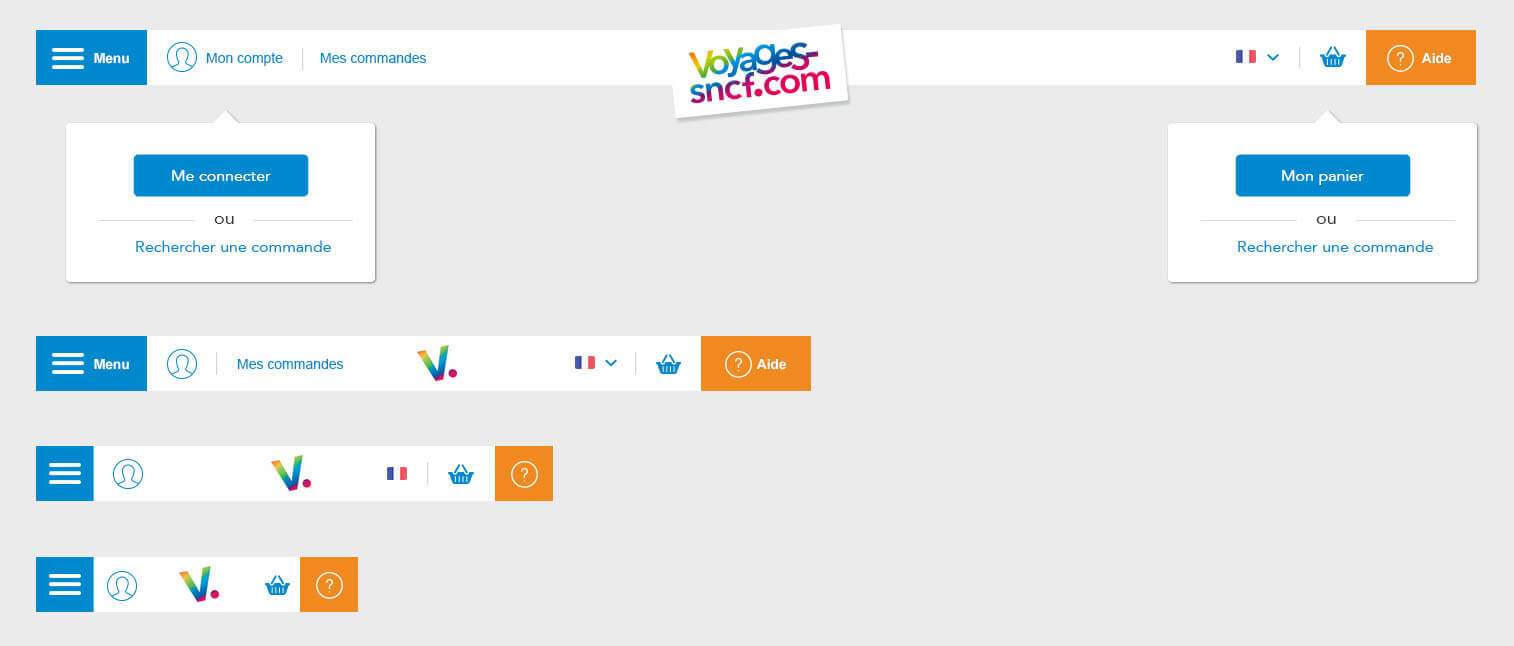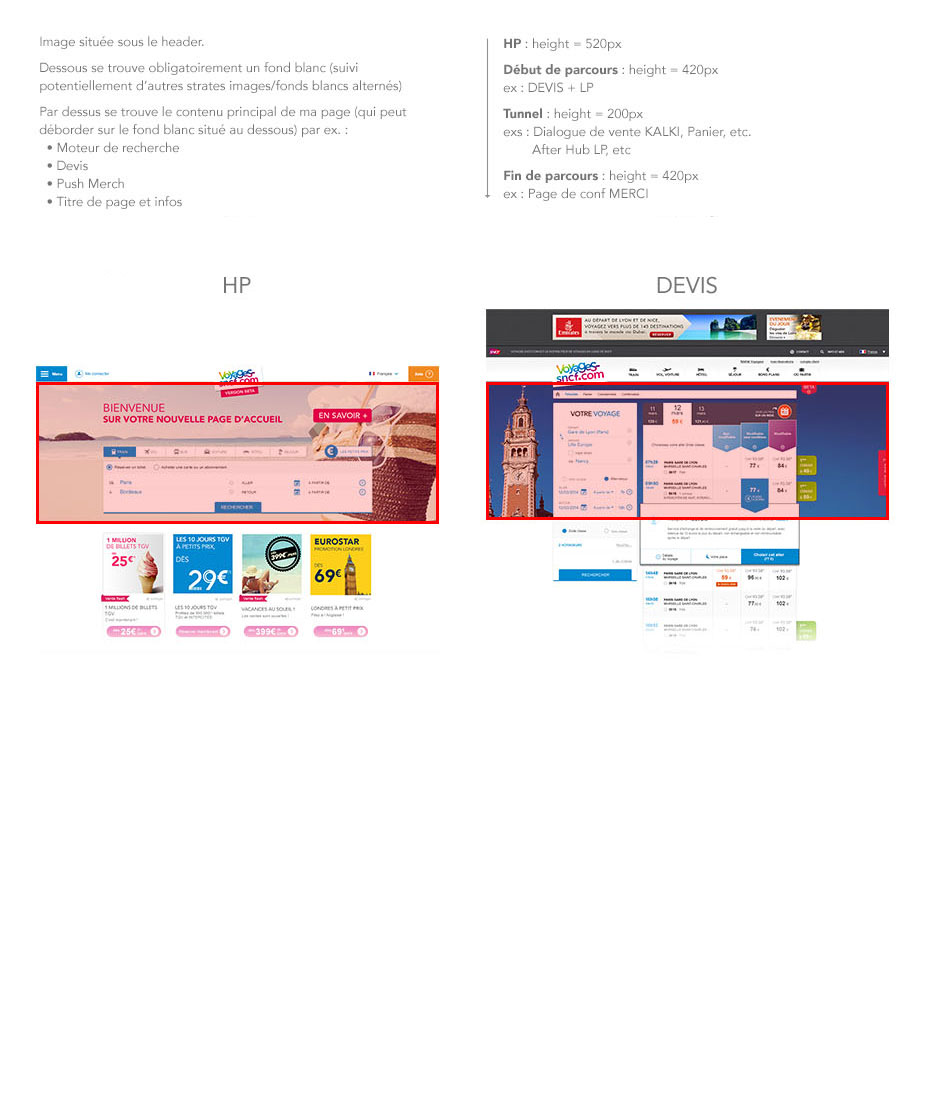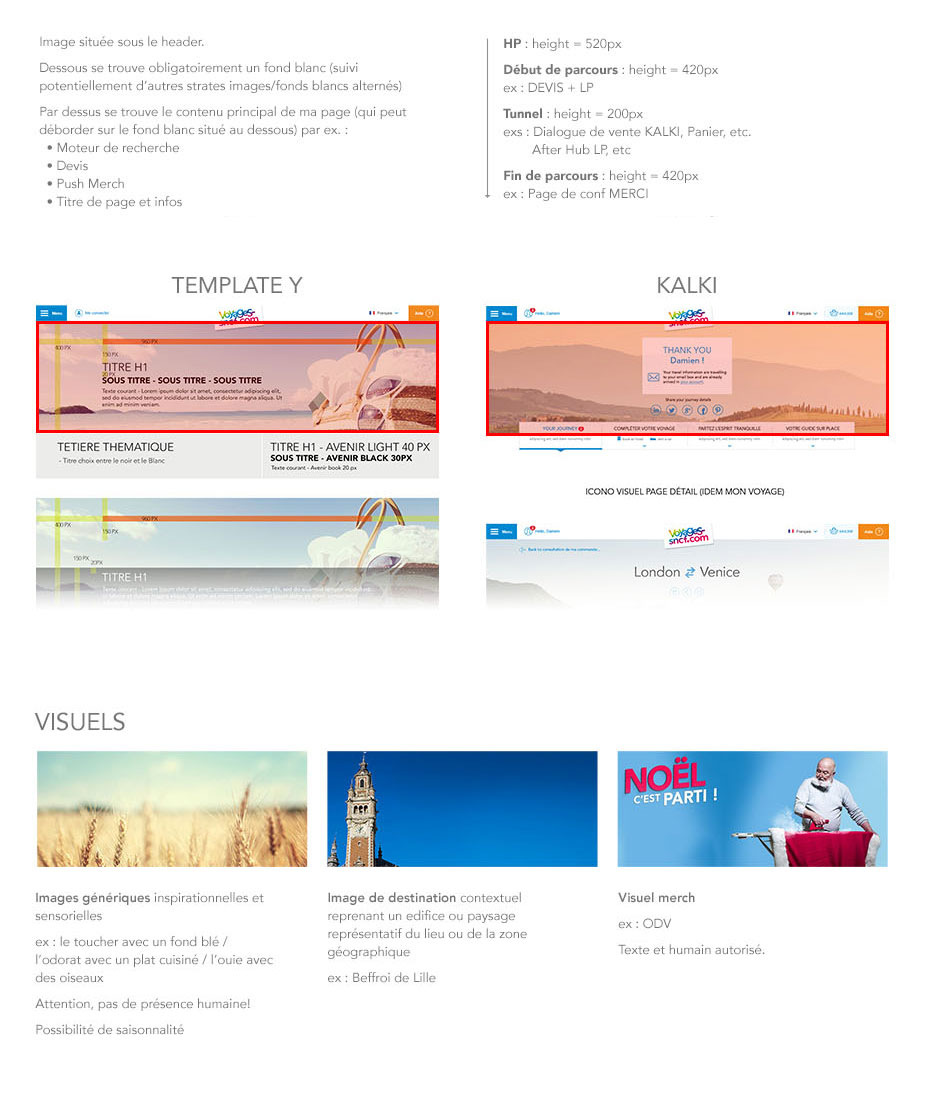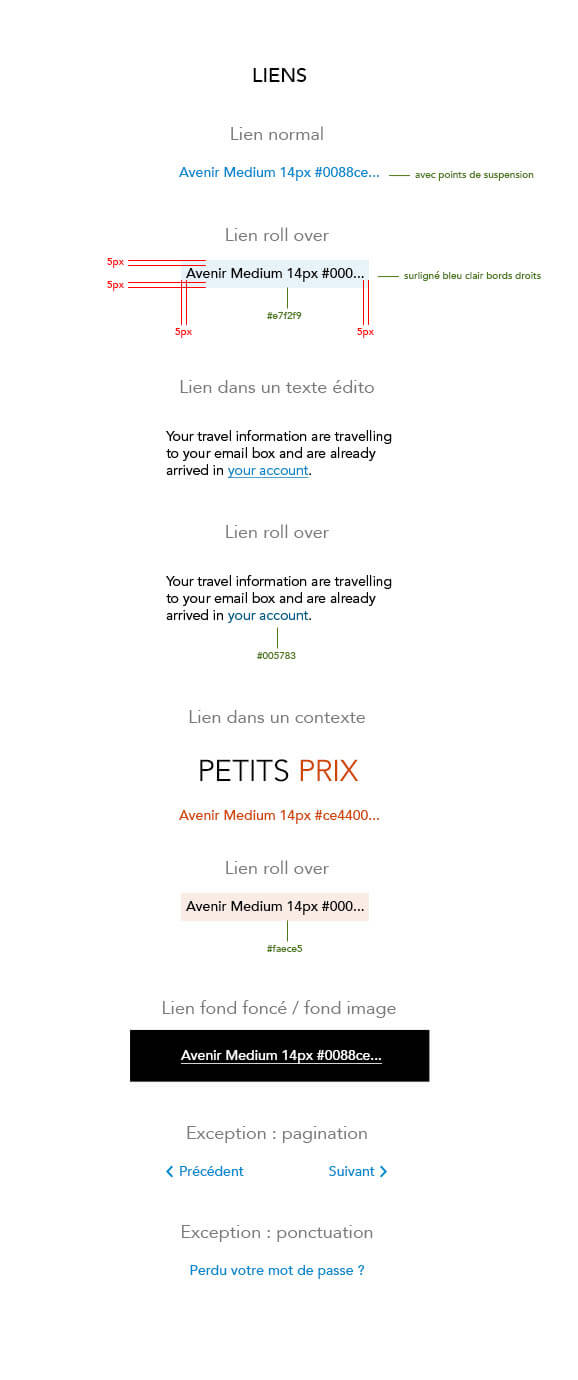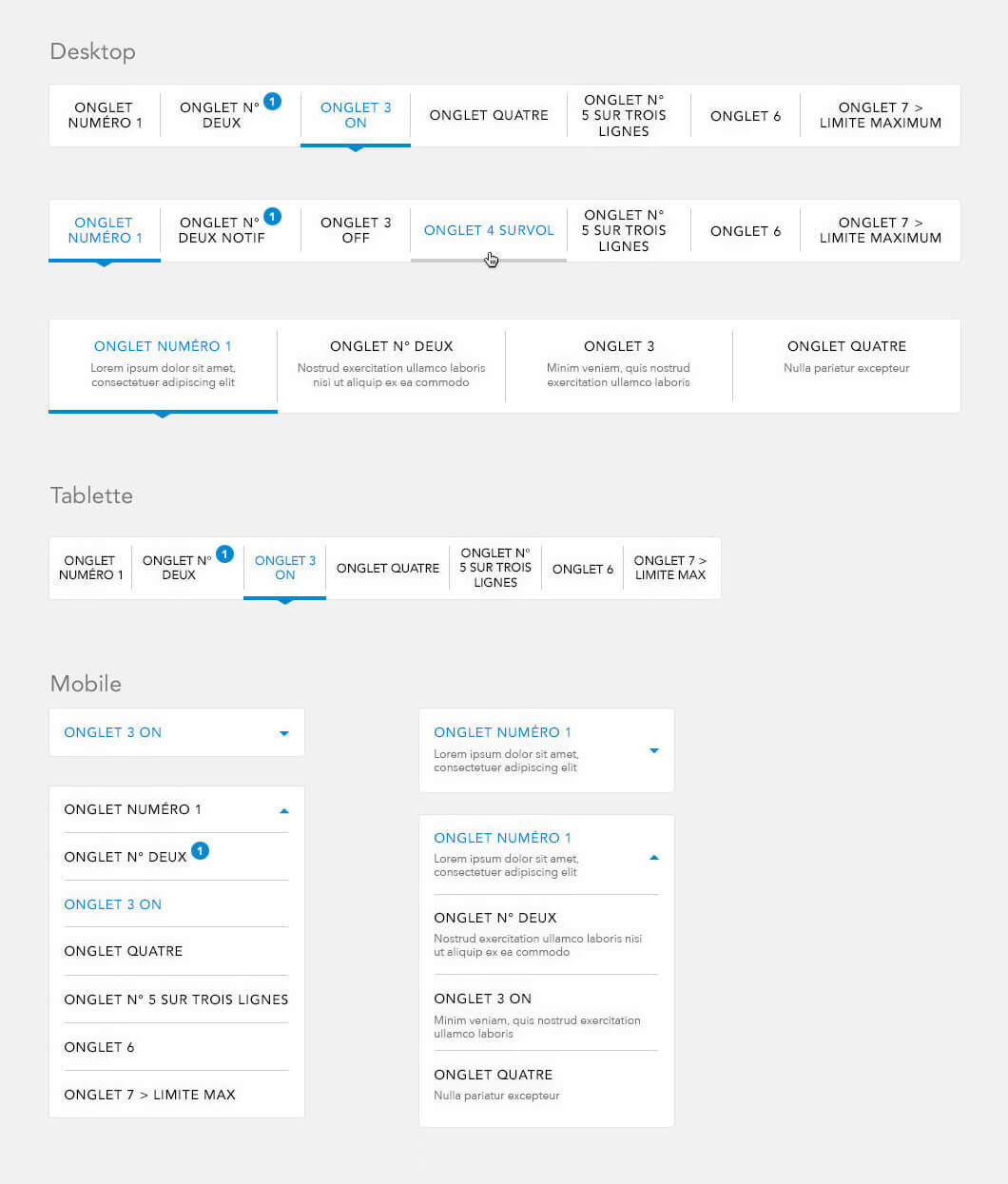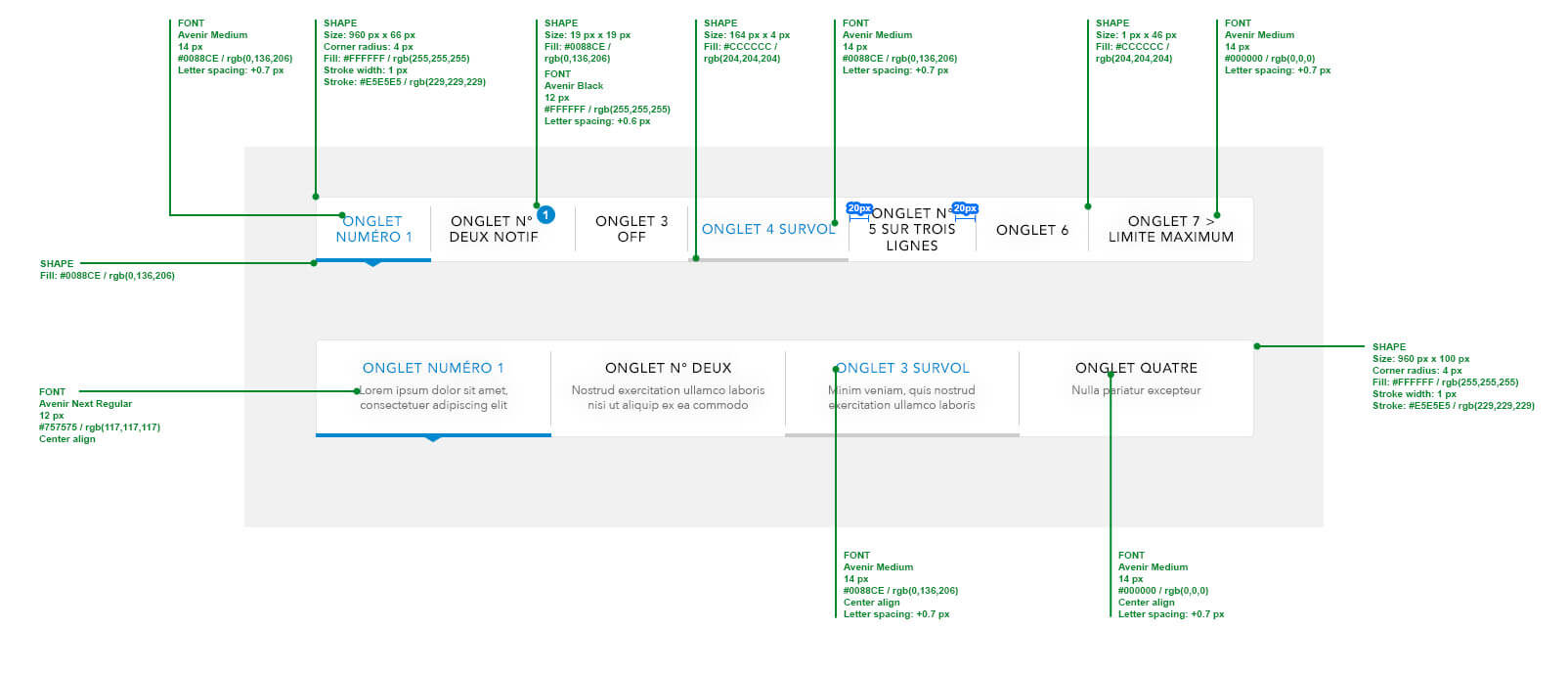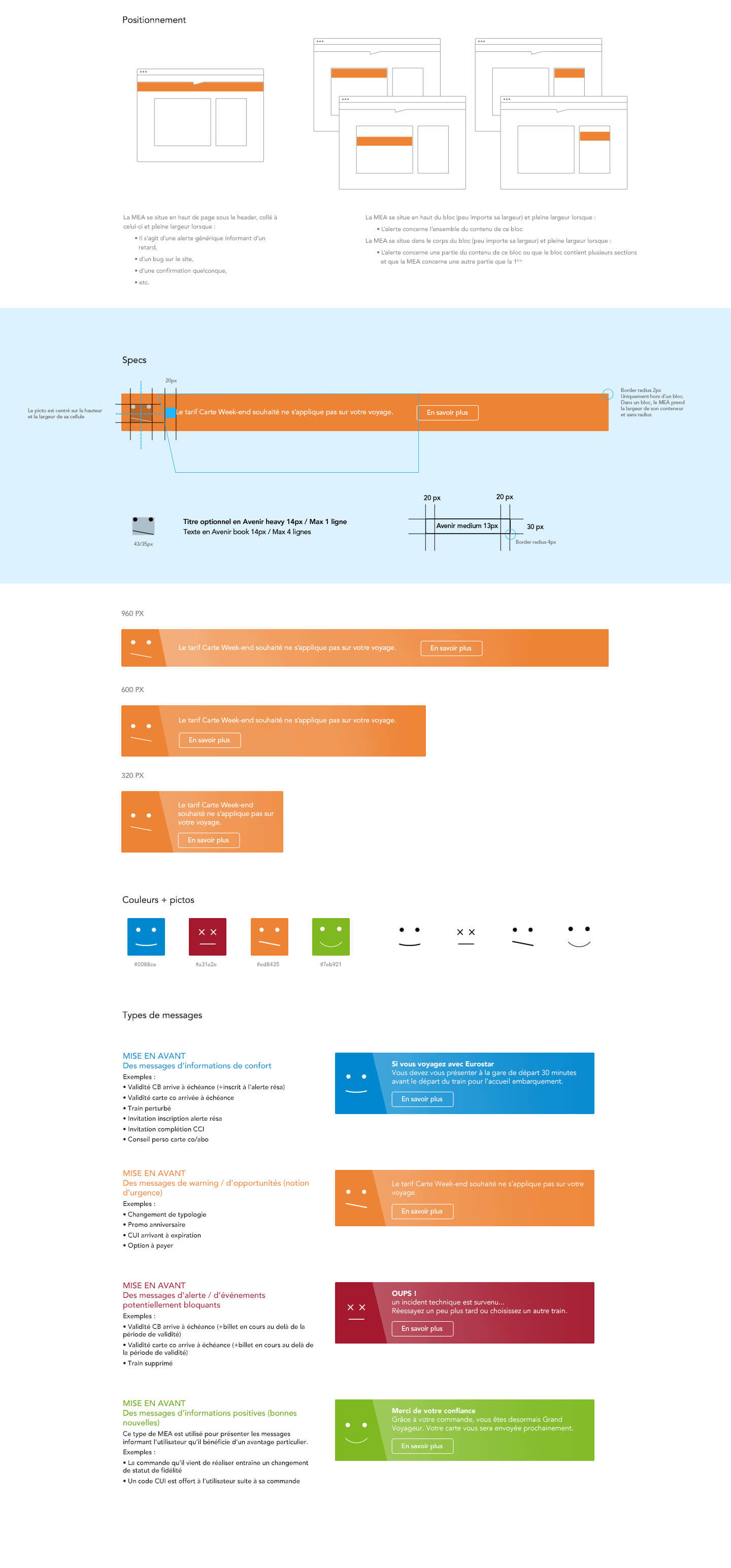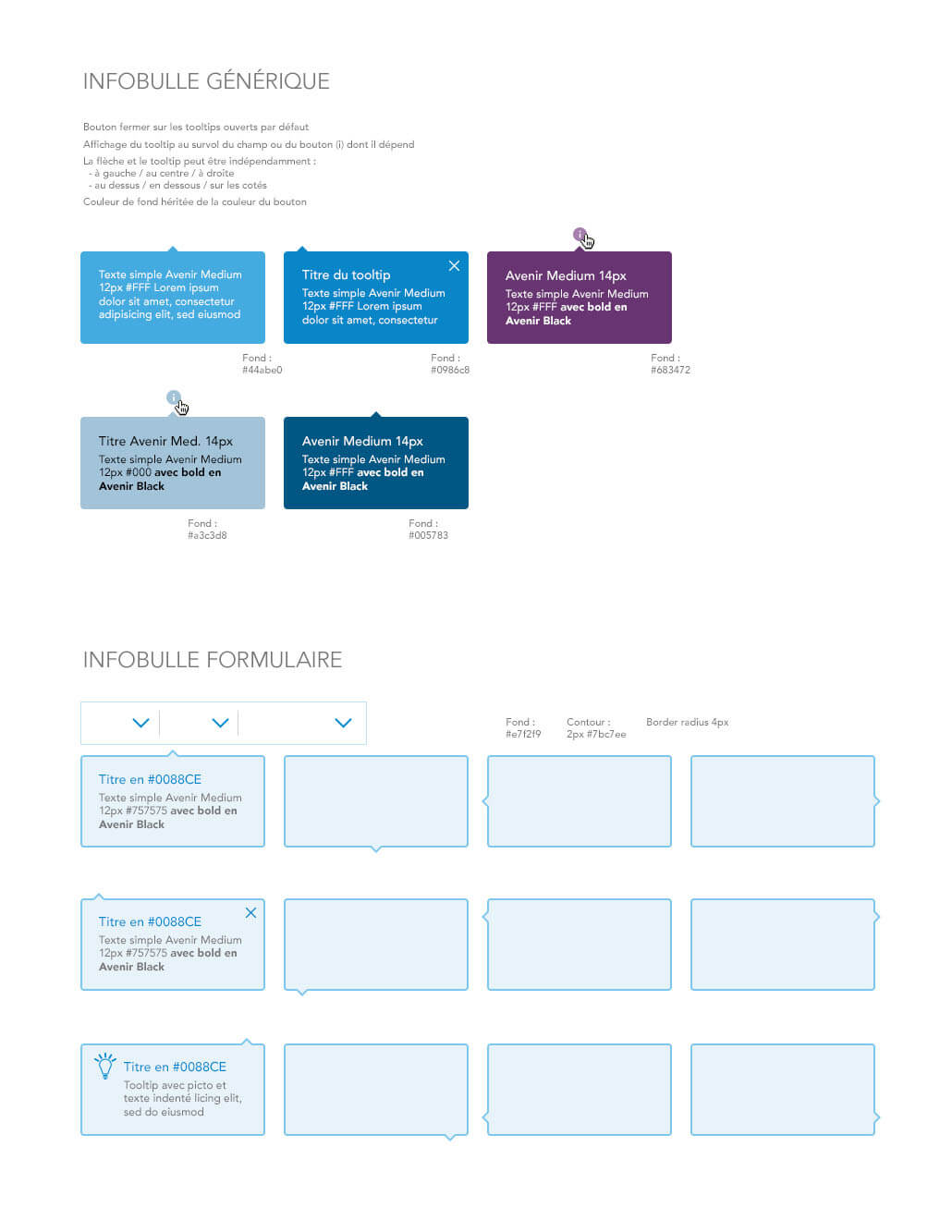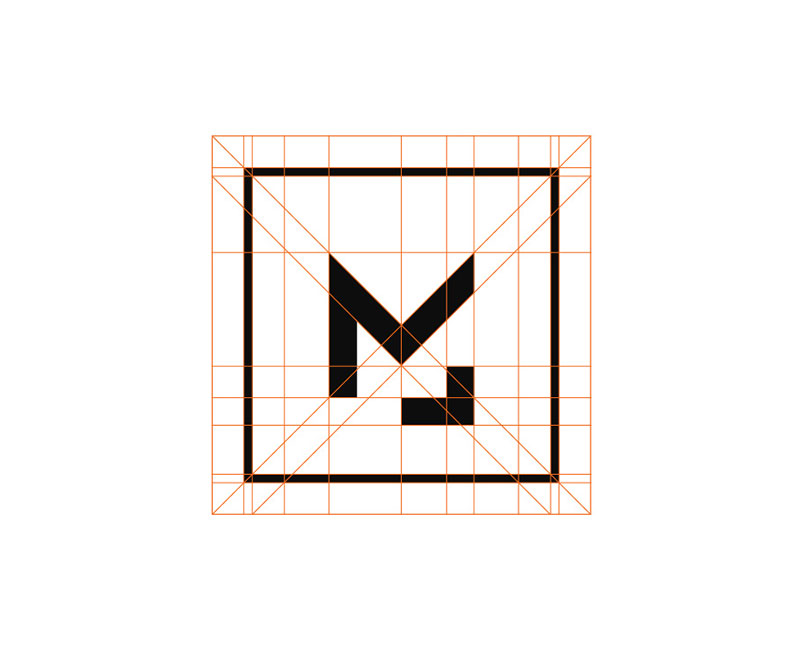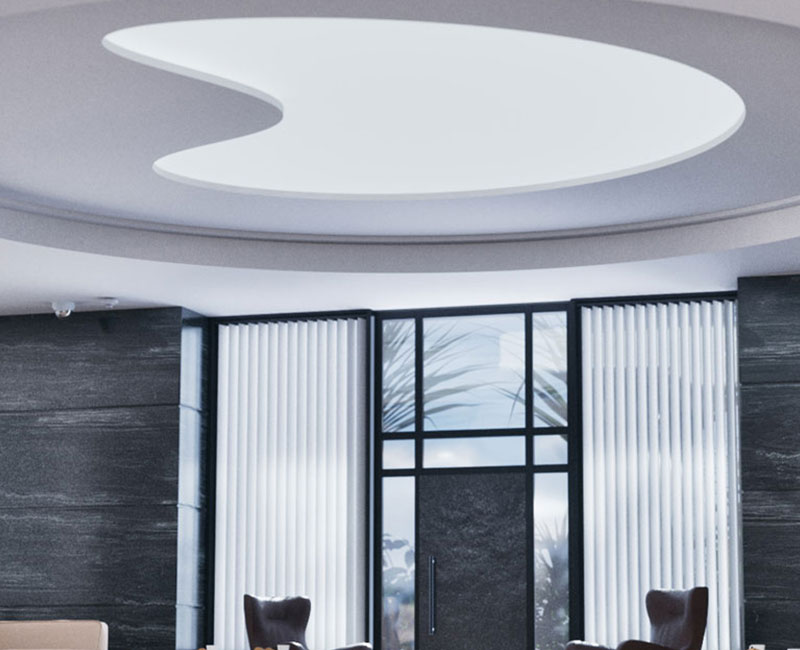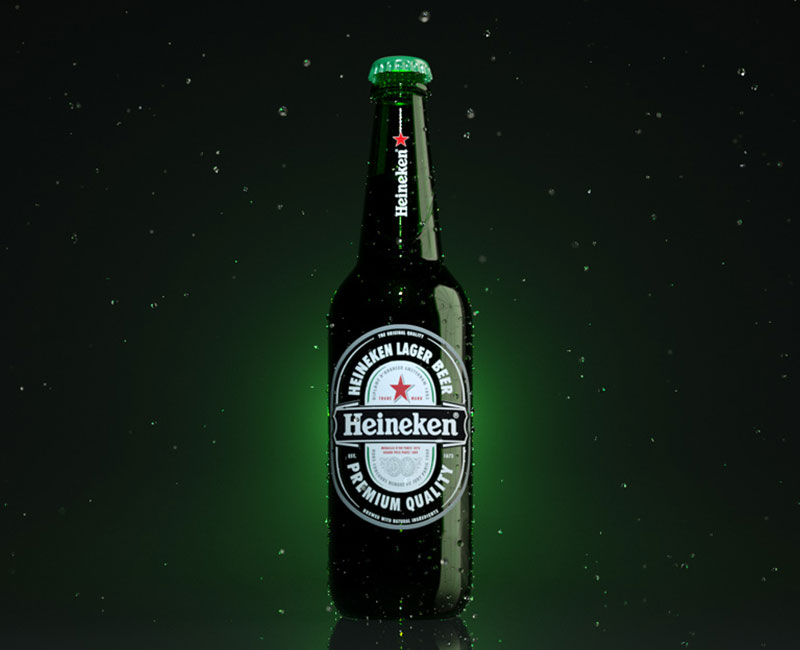Voyages SNCF
Voyages-sncf.com (VSC), now operating as SNCF connect, served as the official travel booking platform for SNCF, France’s national railway company. With millions of users booking train tickets, planning multi-modal journeys, and accessing travel services across desktop and mobile devices, VSC had evolved into a highly complex digital ecosystem.
- ClientVoyages SNCF
- IndustryTourism / Travel
- ServicesDesign, Art Direction, UX/UI


